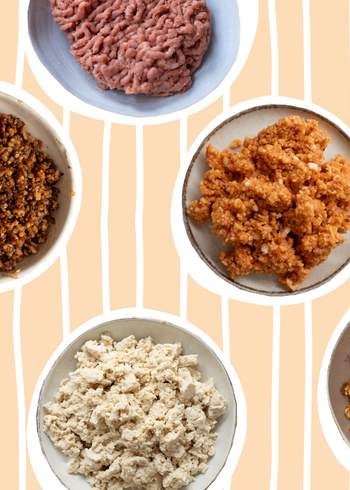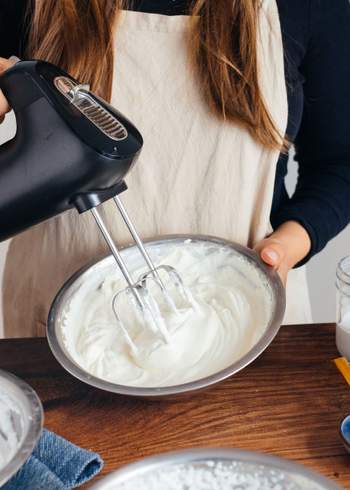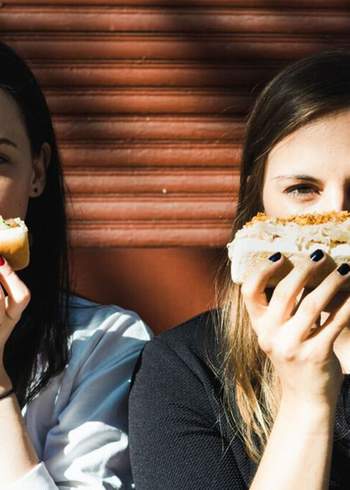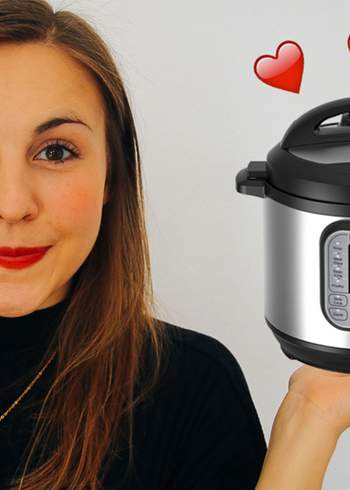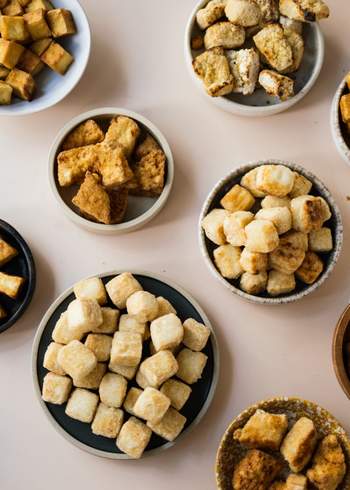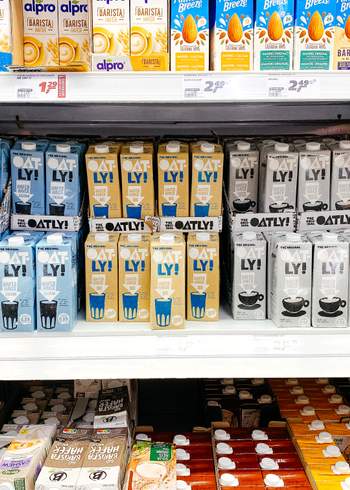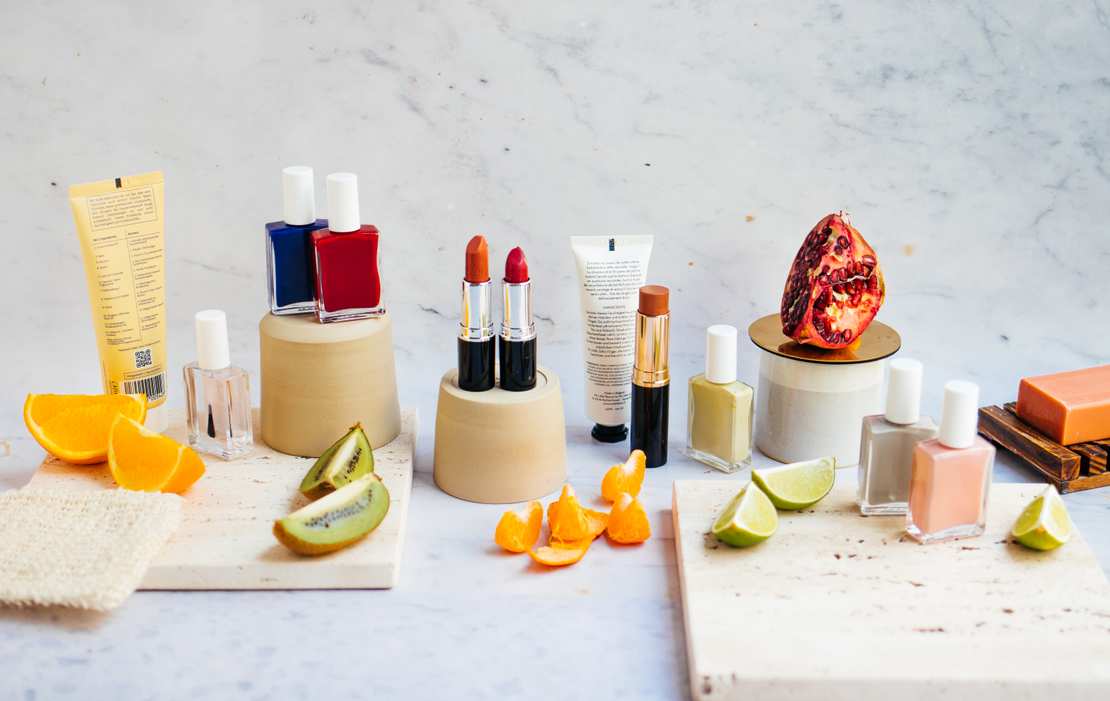
Our Guide to Vegan & Cruelty-Free Cosmetics
Sometimes it's not all about recipes. From time to time, we also write about the bigger topics such as vegan clothing and cosmetics or wetell you about kitchen appliances we love. That's what "Papperlapapp" is all about. You can read all previous articles here.
We are not experts in the field of cosmetics. But the longer we ate on a vegan diet, the more we dealt with products that do not end up on our plates. Including the clothes we wear and the furniture, we buy or everyday household products and the cosmetics we use. It only was logical to us because if we eliminate animals from our diet, we don't want them to be part of our beauty products or clothing. For us, this view has become more and more significant over the years. As we changed our diet, we tackled more and more areas and thought about: which products contain hidden animal substances and find sustainable and fair alternatives? All of this is a long process, however, and we haven't finished it yet either.
When we chatted about toothpaste, which is often not vegan on Instagram some time ago. We explained the terms "natural cosmetics" and "cruelty-free" in the podcast and wrote a guide about non-vegan ingredients in food, we thought: maybe it's time to discuss the topic of "vegan cosmetics" in more detail. Because even if we focus on food here, we also make sure that our cosmetics are entirely vegan. And the knowledge that we have acquired over time, we want to pass on to you, of course! However, don't let any article like this one pressure you. It took us a long time until we found suitable products for us and gradually changed everything. You know our credo: Every little step counts and does make an impact! So let's go!

One tip we want to give you right at the beginning is to choose brands that meet all your criteria and that you know for sure are vegan and cruelty-free. Over the years, we have become big fans of the nail polishes from gitti who are vegan, animal-free, and responsibly produced in France. So we are super happy to have their support for this article! The base of the plant-based nail colors is natural ingredients made from plants such as cassava, sugar cane, corn, and wheat, among others. gitti pays attention to the smallest possible ecological footprint throughout the entire value chain (i.e., from production to packaging). If you want to read even more about sustainability at gitti, check it out here. We are incredibly excited about the long-lasting nature of the colors! Since we spend a lot of our time in the kitchen, we need sturdy nail polish to take on anything. To learn how to apply the nail polish, it lasts as long as possible and has a look here. By the way, you can use the code "zuckerundgitti" to get 20% in their online shop, yay!
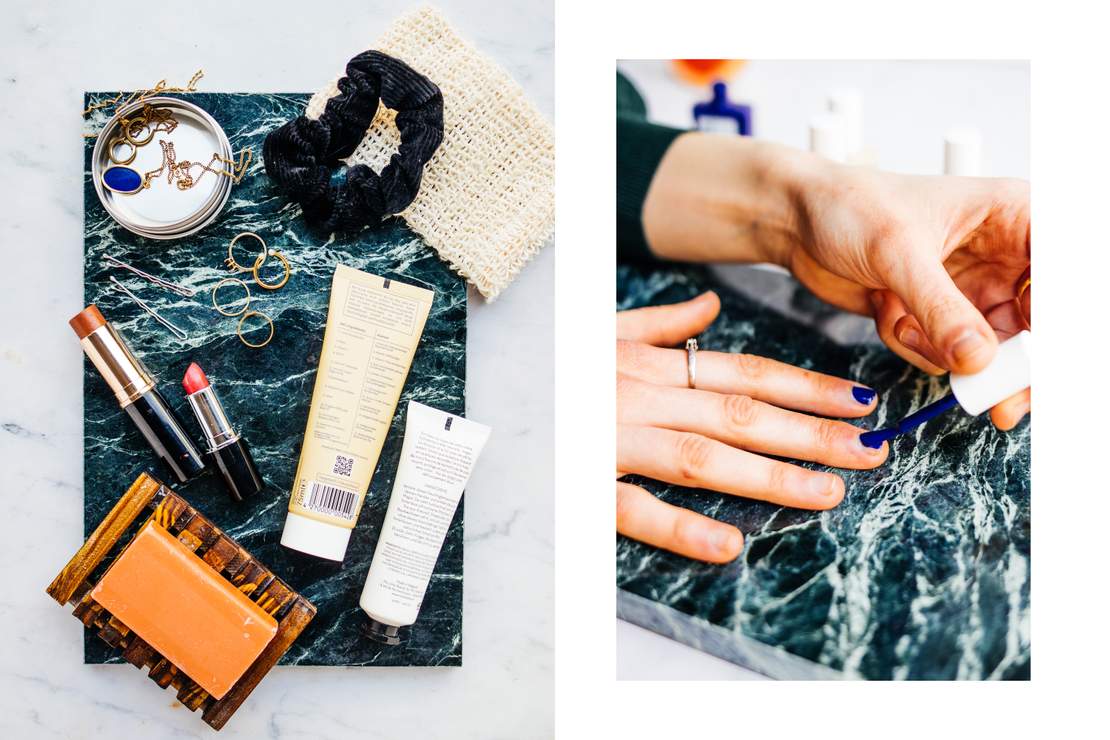
Animal-free, vegan & natural cosmetics? What are the differences?
Animal-free
Let's start with the basics first. Is animal testing for cosmetics still allowed in Germany at all? The answer to that is no. In 2013, a ban came into effect in the EU that prohibits animal testing for cosmetics in the EU. This applies to all products and all ingredients, whether they are manufactured in Europe or the rest of the world. Therefore, cosmetic products requiring approval in the EU are not allowed to use data from animal testing for their authorization. Of course, this does not mean that companies will now completely abandon animal testing worldwide. It is simply no longer permitted to use them for approval in the EU.
But how do you find out if a company tests on animals? You can find information about this on the manufacturers' websites, even if of course no one advertises it. But beware: "Our products have not been tested on animals" does not mean that same is the case with the ingredients. Moreover, some companies also declare "our company" does not test on animals. However, this does not exclude that other companies have been commissioned to do so! So when buying, it is best to look directly for the words "animal-free" or the associated logo with the "bunny."
Vegan cosmetics
The term "vegan cosmetics" is mainly about the ingredients of products, just like food. So if the word "vegan" or the seal of the "sunflower" is printed on cosmetics, it means that all ingredients are of non-animal origin. But beware: Of course, this does not exclude animal testing because here (as I said), it is only about the ingredients.
Natural cosmetics
When you're out and about in drugstores, supermarkets, or online stores, the term "natural cosmetics" is sure to cross your radar a lot. No surprise: the term is not protected and thus describes everything and nothing. However, there are specific seals that products only receive if they also meet the required requirements. Examples are "BDIH," "Natrue" or "EcoCert" - they represent truly certified natural cosmetics and contain, for example, no synthetic raw materials and fragrances, silicones, or petroleum oils and preservatives. But be aware: Natural cosmetics means that the ingredients are of natural origin, but not that they are vegan. In natural cosmetics, you will, therefore, often find milk or honey.

These labels will help you!
You see, it's a little more complicated than you think. Fortunately, there are a few labels and seals you can look out for when shopping. The Verbraucherzentrale for example, lists various seals that companies only receive if they meet specific requirements that go beyond the legal requirements.
The NATRUE seal: In 2008, the "Natrue" natural cosmetics seal was created by international non-profit organizations. It certifies biologically natural ingredients and, since 2021, has distinguished between "natural cosmetics" and "organic cosmetics." For the latter, 95% of the ingredients must come from "near-natural substances from organic farming or wild collection."
The BDIH seal: The BDIH seal also certifies natural cosmetics based on ecological, health, and social aspects. These include, for example, environmentally friendly and resource-conserving production, no artificially produced colorants and fragrances, silicones, kerosenes, and other petroleum products, no use of genetically modified organisms, and recyclable packaging materials.
The Vegan Society's Vegan Label: You may already know the symbol with the sunflower from some products in food, but it is also used in cosmetics! All products with this label must not contain ingredients from alive or dead animals and must not use animal testing to develop and produce products.
Leaping Bunny - Humane Cosmetic Standard: This label was created by various animal welfare organizations and is only released for products whose formulas and ingredients have not been tested on animals. Furthermore, animal testing may not be commissioned or participated in by third parties. To protect this, manufacturers must obtain permanent confirmation from suppliers that the criteria continue to be met.
Logo of the German Animal Welfare Association: Rabbit with protecting hand: This seal is only awarded "if no animal testing was carried out for the development and production of the finished cosmetic product." Besides, the manufacturer must also not be economically dependent on companies that carry out animal testing.
.. by the way: The ingredients of gitti's plant-based nail colors are grown according to ISO standard 16128. This norm is an international standard in natural cosmetics and lets you determine the degree of natural or organic origin.
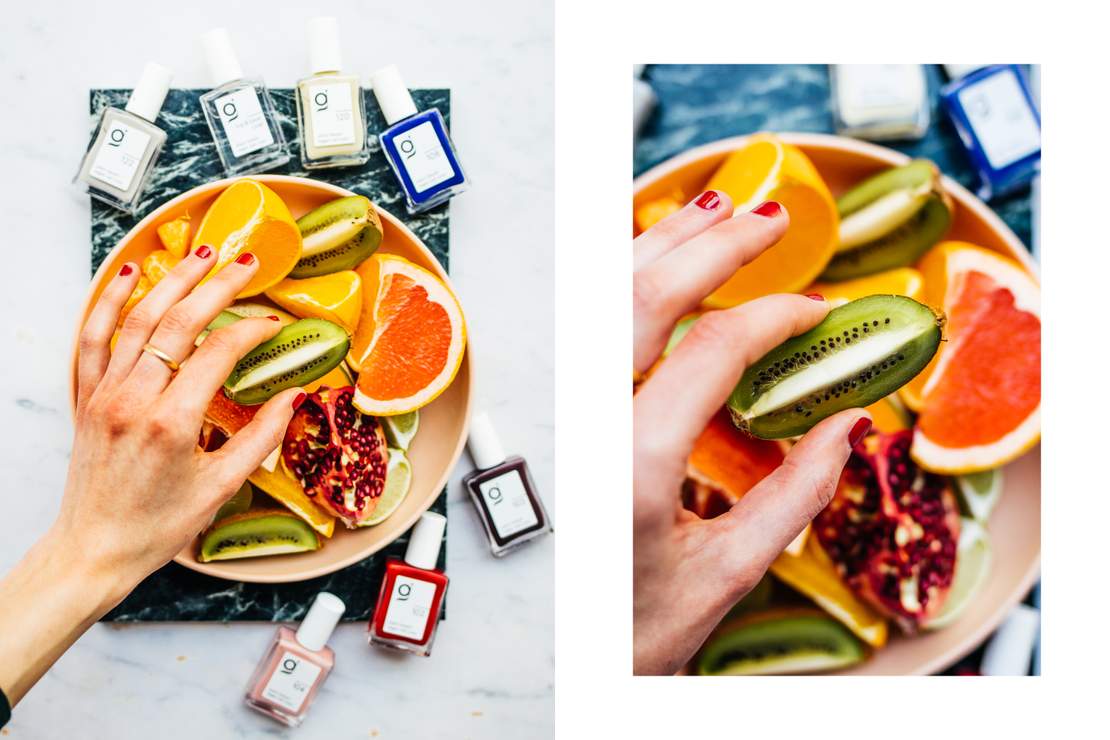
Which substances are not vegan?
Unfortunately, on some products, you will not find any seals or signs with which you can quickly recognize whether the products are vegan or not. Therefore, we have written down a few ingredients for you, where you should immediately be alert! We assume that you know these are never vegan with beeswax, gelatin, ghee, honey, or milk. But who would have thought that hyaluronic acid or vitamin A could also be of animal origin?
Chitin/Chitosan
Chitin is made from shells and shells of crustaceans and insects. For example, it removes plaque or impurities from the skin's surface through its abrasive or polishing action.
Cholesterol
Cholesterol ensures smooth and supple skin and hair and is therefore often found in creams and shampoos. It can be obtained from animal fats, but also soy.
Civet
Wikipedia says: "Several viverrid species secrete civet oil in their perineal glands, including the African civet (Civettictis civetta), large Indian civet (Viverra zibetha) and small Indian civet (Viverricula indica). (...) Civet is a soft, almost liquid material. It is pale yellow when fresh, darkening in the light, and becoming salve-like in consistency. Its odor is strong, even putrid as a pure substance, but once diluted it is pleasantly and sweetly aromatic." (Source That sounds delightful! If you do get tired of it, make sure there is no civet in perfumes.
Cysteine/Cystine
Cysteine ensures that the hair is more comfortable to comb, supple, soft, and shiny. It also contributes to a better smell of the ingredients and reduces the electrostatic charge of the hair. Therefore, you will find cysteine mainly in hairsprays. However, it's made from keratin, which is extracted from animal hair and horns. Whoops!
Elastin
Elastin is derived from the neck tendon of cattle, so it is not vegan. It is used in cosmetic lotions to even out imperfections and rough patches.
Fibrostimulin K
Fibrostimulin K is used as an anti-wrinkle agent and is derived from the calf's blood. Fibrostimulin P, on the other hand, is made from potatoes, making it the perfect plant-based alternative!
Fish scale/Guanin
Guanine is an opacifier that ensures that the light transmission of a product is reduced. It is made from fish scales. YOu can often find it in nail polish or eye shadow. The vegan alternative for this is mica, which is made from natural minerals.
Royal Jelly
Royal jelly is the food juice that honey bees use to raise their queens. You'll find it in shampoos or soaps from time to time! But it is also often used in skincare products.
Glycerin
There are various functions that glycerin performs in cosmetic products, from moisturizing to moisturizing. It is used in make-up, mouthwashes, shampoos, conditioners, and lotions. It is made from cow tallow or vegetable oils and fats. So best to double-check here!
Hyaluronic acid
Hyaluronic acid is hidden, especially in eye care products, lip care products, and face creams. It can be of animal or plant origin. If it is of animal origin, it is made from rooster combs. If it is of plant origin, it is produced from plant substrate via a fermentation process.
Carmine
You may already be familiar with carmine because it frequently appears in food ingredient lists. It is used to color food, but also cosmetic products, red. You can find it, for example, in red food coloring or red sweets. Carmine is produced from cochineal scales and is therefore not vegan. With cosmetic products such as red lipstick, blush, or blush, you should consequently preferably double-check.
Keratin
Keratin is found in many skin and hair products because it makes hair supple, soft, and shiny and tightens the skin. Everyone has keratins in them. They are water-insoluble proteins that are the main component of our skin, hair, and nails. On the other hand, in cosmetics, the keratin of animals is used, that is, made from hooves, horns, and feathers. Now there is also vegan keratin made from soy protein.
Collagen
Yes, collagen also has several properties that make our hair and skin more beautiful. Collagen is the main component of our skin and the " skeleton " of the whole thing. The more unstable this structure, the more wrinkles will be visible. Therefore, many products are enriched with animal collagens, but there are also vegan alternatives, such as algae-based.
Lanolin
You may know it as wool fat. It is often found in pastes, ointments, creams, lotions, and soaps and is extracted from a secretion of sheep's sebaceous glands.
Lecithin
Lecithin is found in body lotions, hair conditioners, face masks, make-up, and other cosmetics and is made from animal nerve tissue. Incidentally, it is also found in some foods labeled E322.
Propolis
Propolis is made from beeswax. It has an antibacterial effect and is therefore often found in toothpaste, medicinal ointments, natural remedies, plasters, creams, lotions, lipsticks, and mouthwash.
Shellac
Shellac is obtained from the excretions of the lacquer scale insect Kerria lacca. It is used as a binding and viscosity agent and can be found in hair sprays, skin care products, or nail polish.
Silk
You may have heard that silkworms produce silk. Therefore, by the way, garments made of silk are not vegan either. You often find silk in make-up, hair products, and creams. By the way, there are already vegan alternatives, such as mica, aloe vera, and plant-based hyaluronic acid.
Vitamin A/Retinol
"Enriched with vitamin A" sounds great at first, of course, but it's tricky because vitamin A is often made from fish liver, butter, or egg yolk. But it can also be extracted from carrots, apricots, or lemongrass. So keep an eye out for day creams, night creams, face serums, hand creams, body lotions, after-sun products, and eye care products.
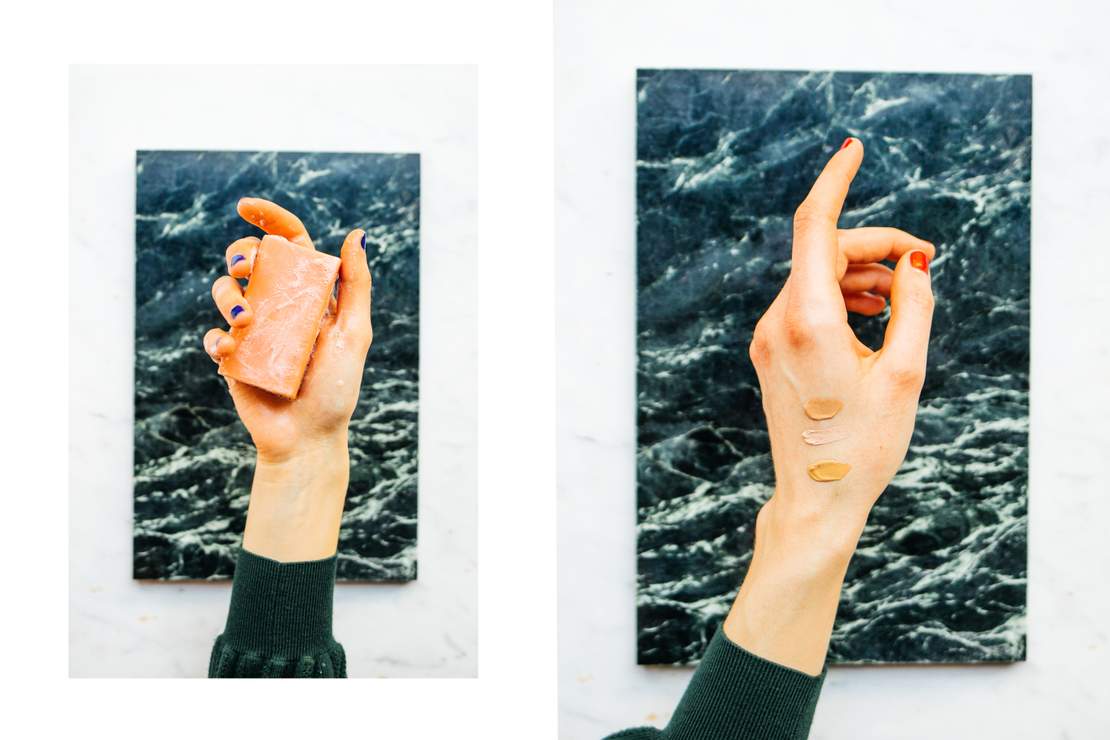
Last but not least
.. we don't want to leave you full of information, but we encourage you to look out for seals and specific terms the next time you go shopping. It is also worthwhile to look for brands and products that meet your criteria before you start shopping. Over time, you'll find your go-to products and know the brands you trust, and it will be more comfortable and more manageable. Promise!
Sources:
https://www.haut.de/inhaltsstoffe-inci/
https://www.petazwei.de/tierische-inhaltsstoffe-in-kosmetika
https://utopia.de/ratgeber/kosmetik-ohne-tierversuche/
https://www.fairlis.de/post/naturkosmetik/#Quickie-Wissen_Naturkosmetik
https://www.peta.de/veganleben/naturkosmetik-vegan-tierversuchsfrei/
https://utopia.de/siegel/bdih-kontrollierte-naturkosmetik/
https://www.verbraucherzentrale.de/wissen/umwelt-haushalt/produkte/was-bedeuten-die-kosmetiksiegel-26387
https://www.impag.ch/blog/blog/2019/05/15/naturkosmetik-was-kann-die-iso-16128-norm/
